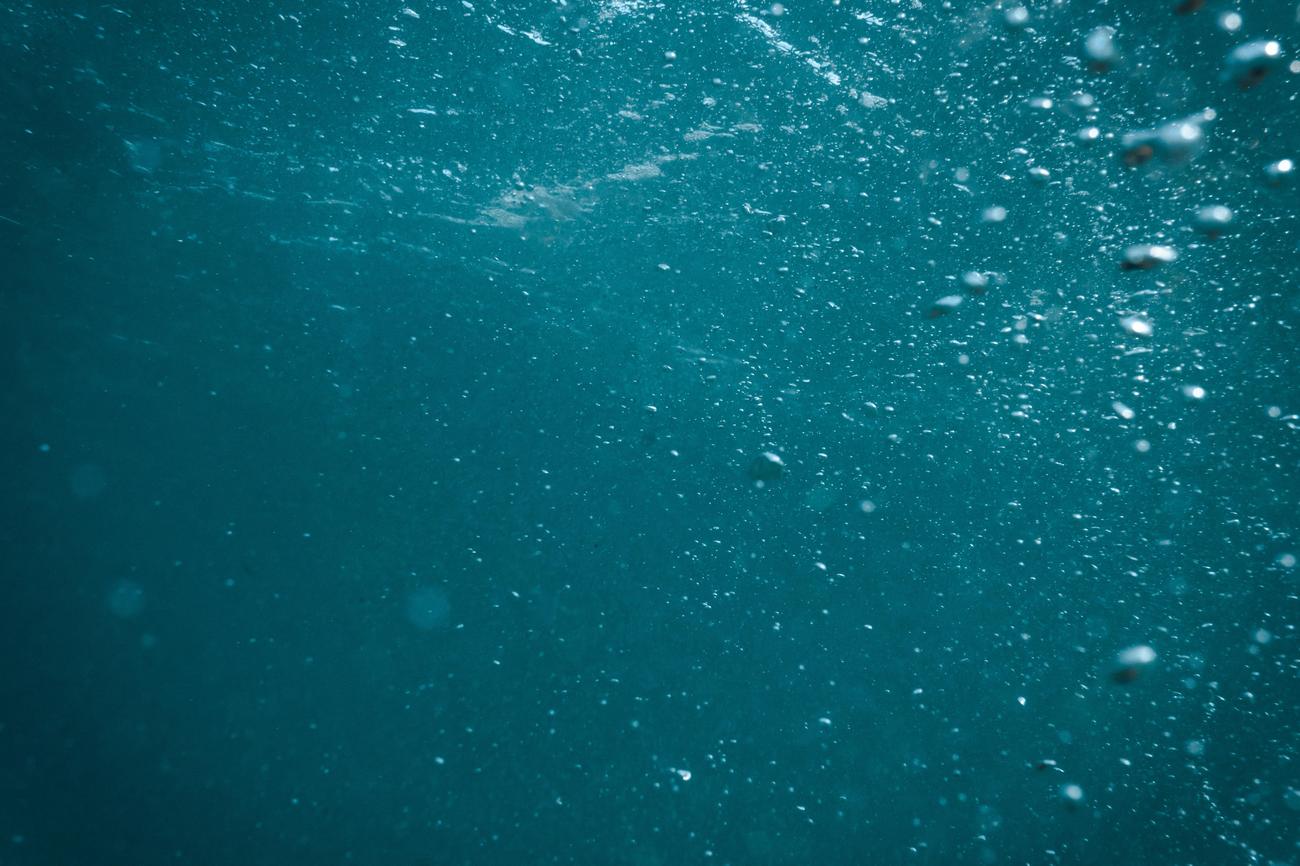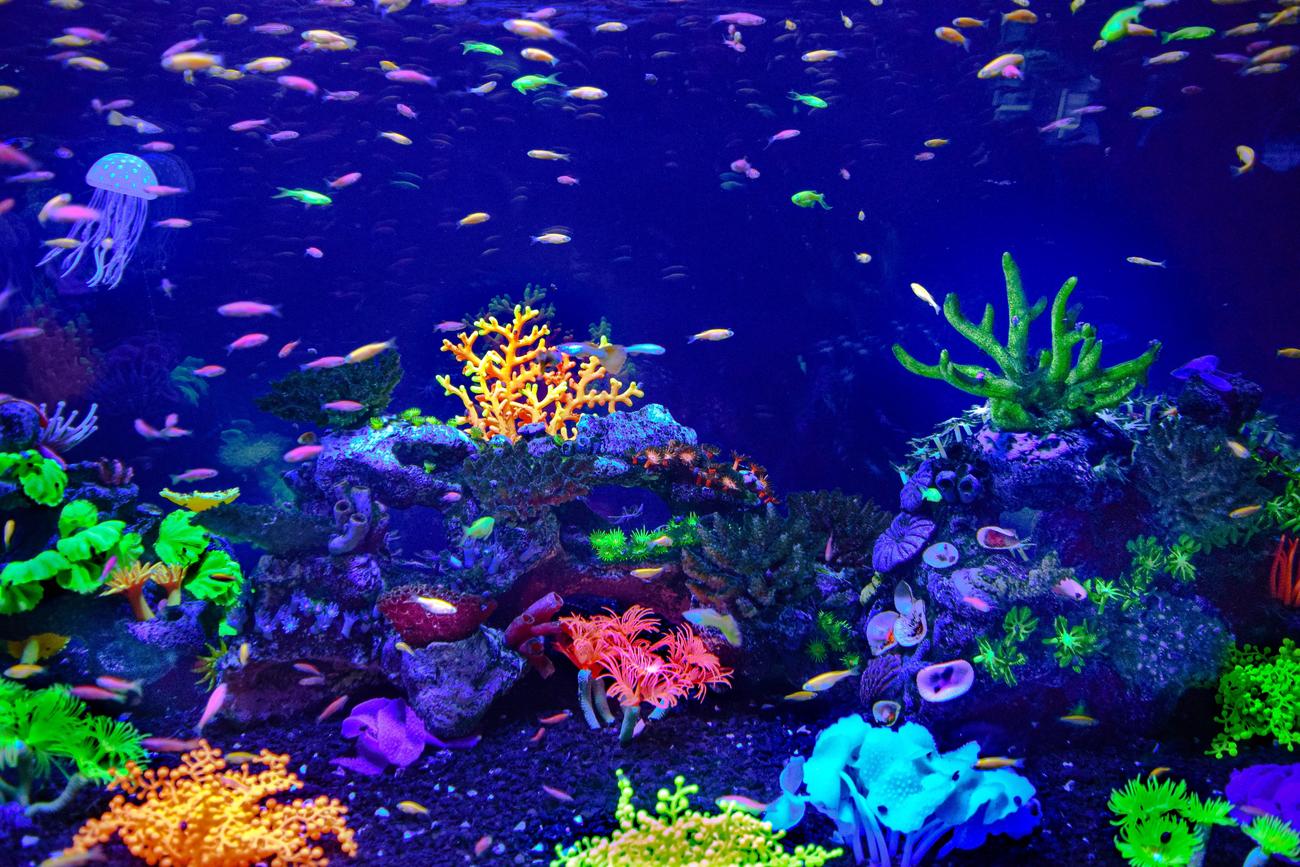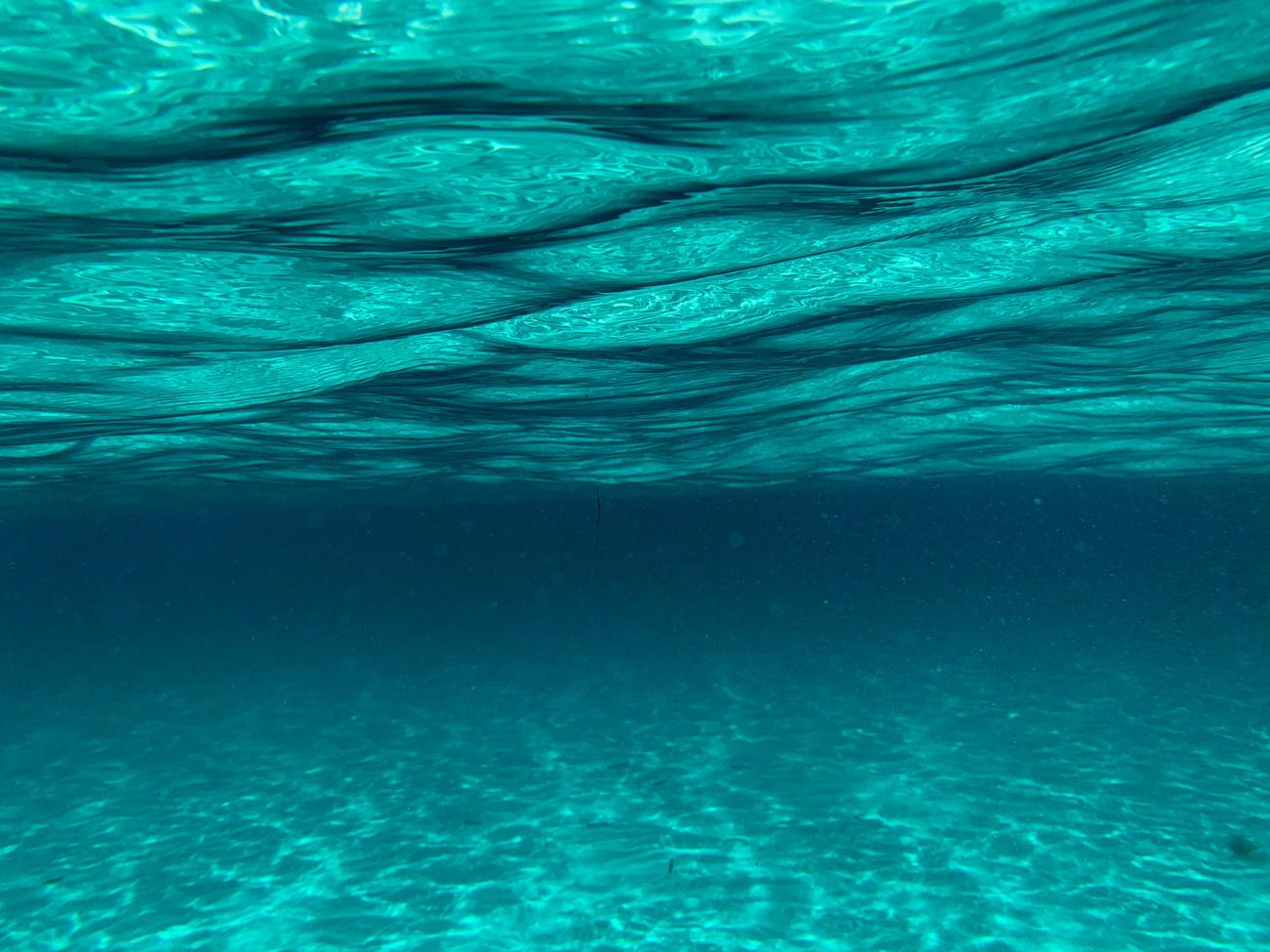Scuba diving provides a unique opportunity to witness marine life up close, revealing the allure of the underwater world like no other experience can. As we plunge beneath the surface, we enter a realm of mesmerizing marine species, vibrant coral reefs, and mysterious shipwrecks. With over a decade of experience as a seasoned scuba instructor, I have had the privilege of exploring diverse underwater ecosystems and encountering the wonders of the deep. From the tranquil waters of the Caribbean to the adrenaline-inducing encounters with sharks in the Pacific, each dive offers a new adventure. Join me as we delve into the enchanting world of scuba diving, uncovering fascinating insights and fun facts that will enhance your understanding and appreciation for this captivating activity.

Fun Facts About Scuba Diving
Scuba diving is a thrilling and captivating activity that allows us to explore the enchanting world beneath the waves. As a seasoned scuba instructor with over a decade of experience, I have encountered fascinating facts about this underwater realm that will surely engage and inspire you. So, let’s dive right in and discover the incredible world of scuba diving!
Did you know that the word “scuba” is actually an acronym? It stands for “Self-Contained Underwater Breathing Apparatus”. This innovative equipment allows us to venture into the depths and stay submerged for extended periods, providing us with a life-sustaining supply of air. With scuba diving, we can explore mysterious shipwrecks, vibrant coral reefs, and encounter mesmerizing marine species.
One of the most intriguing aspects of scuba diving is the presence of sharks. Contrary to popular belief, sharks are not the ruthless killers they are often portrayed to be. In fact, they only kill an average of 8 to 12 people each year worldwide. Meanwhile, humans are responsible for the deaths of millions of sharks. As scuba divers, we have the opportunity to appreciate these magnificent creatures in their natural habitat and debunk common misconceptions.
Have you ever wondered why colors appear differently underwater? When we dive below 10 meters in depth, red and yellow colors are absorbed by the water and become virtually invisible. This phenomenon occurs because water acts as a natural filter, allowing only certain wavelengths of light to pass through. So next time you dive, keep an eye out for vibrant blues and greens that dominate the underwater palette.
Sound travels differently underwater, posing a unique challenge for divers. In the aquatic environment, sound travels approximately five times faster than in air. This can make it difficult to determine the source of a sound, creating an air of mystery and excitement. Just imagine the thrill of hearing the distant song of a humpback whale or the clicking sounds of dolphins communicating with each other.
When we strap on our wetsuits before a dive, we not only protect ourselves from the cold but also benefit from their buoyant properties. Wet suits are designed to trap a thin layer of water between the suit and our skin. This layer acts as an insulator, keeping us warm even in chilly waters. Additionally, the trapped air provides buoyancy, helping us remain afloat effortlessly. It’s like having a cozy second skin that allows us to stay comfortable and explore the underwater wonders.
A crucial component of scuba diving equipment is the regulator. This device consists of two parts: one that delivers air from the tank and another that releases air into the water. By regulating the flow of air, we can breathe comfortably underwater and maintain a steady supply of oxygen. It’s a lifeline that ensures our safety and allows us to stay submerged for longer periods.
Have you ever wondered about the health benefits of scuba diving? Well, here’s an interesting fact: scuba diving can be a great workout! Just a few minutes of diving can burn approximately 100 calories. The constant swimming against the resistance of the water engages various muscle groups and provides a low-impact cardiovascular workout. So not only do we get to indulge in our passion for exploration, but we also get to maintain our fitness in a fun and exhilarating way!
Many people express concern about the safety of scuba diving, but the reality is that fatalities are relatively rare. The fatality rate in scuba diving is approximately one death for every 211,864 dives. This statistic demonstrates the importance of proper training, adherence to safety protocols, and having a reliable buddy system. As long as we approach scuba diving responsibly and follow established guidelines, we can enjoy its wonders while minimizing any potential risks.
Recreational scuba diving has its limits, and one of them is the depth we can safely explore. For recreational divers, the recommended limit is around 30 meters (100 ft). Beyond that depth, the risks and challenges increase significantly, and specialized training is required. This limitation ensures that we can explore and enjoy the underwater world while still prioritizing our safety.
Let’s take a moment to appreciate the pioneers of scuba diving. Jacques Cousteau and Émile Gagnan are credited with designing the first successful valve system to supply divers with compressed air. Their invention, known as the Aqua-Lung, revolutionized scuba diving and opened up opportunities for explorers like us to delve into the ocean’s depths. We owe a great deal to these visionary individuals who paved the way for our underwater adventures.
Scuba diving offers a unique opportunity to immerse ourselves in an alien world teeming with captivating marine life. With each dive, we unveil the secrets of the ocean, discovering vibrant coral reefs, encountering majestic sea turtles, and observing the dance of colorful fish. It’s a chance to escape the ordinary and embark on a journey of discovery and awe.
In conclusion, scuba diving is a fascinating activity that takes us on a mesmerizing adventure into the depths of the sea. From the incredible design of our scuba equipment to the mysteries of underwater sound, each dive offers an opportunity to learn and be amazed. So, strap on your gear, dive into the enchanting world beneath the waves, and let the magic of scuba diving captivate your soul.
“Dive into the unknown and uncover the mesmerizing secrets of the underwater realm.”
Fun Facts About Scuba Diving
Are you ready to dive into an underwater adventure like no other? Discover the wonders of the deep blue sea and immerse yourself in the beauty of marine life. But before you take the plunge, there are a few things you should know. Ever wondered what color flag is used to mark an area where people are snorkeling or scuba diving? Find out more about it here.
Once you’re underwater, it’s important to understand the signs that indicate scuba diving or snorkeling activity. Can you guess which of the following indicates it? Test your knowledge and find out the answer here.
Scuba diving and snorkeling offer an incredible experience for nature enthusiasts. Whether you’re exploring coral reefs or swimming alongside majestic creatures, these activities provide an up-close encounter like no other. To learn more about the signs that indicate scuba diving or snorkeling activity, click here.
So, if you’re ready for an underwater adventure of a lifetime, click on the links above and dive into the world of scuba diving and snorkeling!
Scuba diving provides a unique opportunity to witness marine life up close.
When it comes to scuba diving, there’s nothing quite like getting up close and personal with the incredible marine life that thrives beneath the ocean’s surface. From vibrant coral reefs teeming with colorful fish to graceful sea turtles gliding through the water, scuba diving opens the door to a world of enchantment and wonder.
Imagine descending into the depths of the ocean, surrounded by the mesmerizing beauty of a coral reef. As you explore this underwater ecosystem, you’ll come face to face with an array of marine species. Brightly colored tropical fish dart in and out of the coral formations, showcasing a spectacular display of nature’s artistic palette. Sea turtles gracefully glide through the water, exuding an aura of tranquility. And if you’re lucky, you might even spot dolphins playing in the distance or catch a glimpse of a majestic shark. Scuba diving truly offers a front-row seat to witness the diversity and magnificence of marine life up close.
Did you know that the current world record for the deepest scuba dive is a mind-boggling 332.35 meters (1,090 feet)? This impressive feat showcases the incredible bravery and skill of dedicated divers who push the limits of exploration. While most recreational dives do not venture to such extreme depths, this fact illustrates the remarkable opportunities that scuba diving can offer.
One of the most captivating aspects of scuba diving is the sensation of weightlessness. As you descend further into the underwater realm, the buoyancy provided by your scuba gear allows you to effortlessly float through the water. This feeling of weightlessness is truly unique and adds a touch of magic to your diving experience. It’s as if you’ve entered a different world, where gravity’s grip is loosened, and you have the freedom to explore with ease.
Scuba diving has taken me to some of the most breathtaking destinations on the planet. Picture diving in the crystal-clear waters of the Great Barrier Reef in Australia, where you can marvel at the sheer magnitude of this natural wonder. Or imagine exploring the Komodo Islands in Indonesia, where you can encounter a rich tapestry of marine life, including manta rays and vibrant coral gardens. And let’s not forget the idyllic islands of Thailand, where sandy beaches meet stunning dive sites, offering a treasure trove of underwater delights. These destinations are just a glimpse into the vast array of scuba diving spots waiting to be explored.
To become a certified scuba diver, you’ll need to complete the Open Water Diver Certification training. This comprehensive program takes two full days to complete and covers essential skills, including safety protocols, equipment usage, and diving techniques. Once you’ve obtained your certification, a whole new world of underwater exploration awaits you. It’s a journey of learning and discovery that will forever change the way you perceive the ocean.
While scuba diving provides unparalleled opportunities to witness marine life up close, there are some limitations. Divers and boatmen often need to resurface periodically, which can disrupt the continuity of exploring the underwater world. However, this requirement ensures safety and allows ample time for divers to rest and prepare for their next subaquatic adventure.
Aside from the sheer joy of diving and encountering incredible marine species, scuba diving also offers numerous physical benefits. It engages all parts of the muscles, providing a full-body workout that promotes flexibility, strength, and stamina. It’s a fun and engaging way to stay fit while immersing yourself in the beauty of the underwater realm.
As responsible divers, it’s important to practice environmentally friendly diving to help conserve marine life and promote sustainable development. By following principles such as not touching or damaging coral reefs, respecting marine creatures’ habitats, and properly disposing of waste, we can contribute to the preservation of these delicate ecosystems. After all, our goal is to ensure future generations can also witness the beauty of marine life up close.
In conclusion, scuba diving is an extraordinary activity that offers a unique opportunity to witness marine life up close. From the vibrant coral reefs to the captivating creatures that call the ocean home, the underwater world is a place of enchantment and discovery. So, grab your gear, take a deep breath, and prepare to embark on a journey that will forever change your perspective on our magnificent planet.
“Scuba diving grants us a front-row seat to the mesmerizing world beneath the ocean’s surface, allowing us to witness the splendor of marine life up close.”
The Professional Association of Diving Instructors – Unlocking the Wonders of Scuba Diving
When it comes to scuba diving, the Professional Association of Diving Instructors (PADI) reigns supreme as the world’s largest scuba diving training organization. With over 29 million certifications and counting, PADI has established itself as the go-to authority for divers of all levels. Whether you’re a beginner looking to explore the underwater realm or a seasoned pro seeking new adventures, PADI offers a comprehensive range of courses and resources to enhance your diving journey. So, let’s dive into the enchanting world of scuba diving and uncover some fascinating facts about PADI and its invaluable contributions to this exhilarating sport.
PADI – A Global Community of Divers
With over 128,000 professional members spanning across 186 countries and territories, PADI has created a vast network of passionate individuals dedicated to the world of scuba diving. Founded in 1966 by John Cronin and Ralph Erickson, PADI set out to establish a professional and association-based diving training organization. Since then, PADI has played a pivotal role in transforming scuba diving into an accessible and safe activity for people of all backgrounds.
“PADI’s global reach and extensive membership network make it an integral force in the scuba diving community, connecting divers from all corners of the world.”
PADI’s Commitment to Conservation
Beyond providing world-class training, PADI is deeply committed to environmental conservation. Through its collaboration with the PADI AWARE Foundation, PADI actively supports marine conservation efforts. By incorporating sustainability practices into their training programs, PADI empowers divers to become advocates for the preservation of fragile underwater ecosystems. With PADI, diving becomes not just a thrilling adventure but also an opportunity to protect and conserve the world beneath the waves.
“PADI’s dedication to conservation reflects a profound understanding of the fragility and beauty of our underwater world. By fostering a sense of responsibility, PADI ensures that future generations can continue to explore and marvel at the wonders of the deep.”
PADI’s Tools and Resources – Enhancing the Diving Experience
In the modern digital age, PADI goes above and beyond to provide divers with convenient tools and resources. Their app is a treasure trove of information, offering divers access to digital dive manuals, logbooks, and video content. This ensures that divers can conveniently access valuable information on safety protocols and dive planning, even when they’re away from their dive center. PADI’s commitment to innovation and technology empowers divers to make the most of their underwater adventures.
“Thanks to PADI’s user-friendly app and extensive digital resources, divers can delve into the fascinating world of scuba diving whenever and wherever they are. PADI’s dedication to embracing technology enhances the diving experience and equips divers with the knowledge needed to explore with confidence.”
In conclusion, the Professional Association of Diving Instructors (PADI) stands tall as the world’s largest scuba diving training organization. Their global community of dedicated professionals, commitment to environmental conservation, and provision of cutting-edge tools and resources make PADI an unparalleled leader in the world of scuba diving. Whether you’re taking your first plunge or embarking on a new underwater adventure, entrusting your training and continued education to PADI ensures a world-class diving experience.
“With PADI, divers can embark on a journey like no other, exploring the magnificent depths and encountering breathtaking marine life. Embrace the enchanting world of scuba diving with PADI as your trusted guide, and unlock a realm of wonder beneath the waves.”
Scuba Diving: Exploring the Underwater World with Flashcards
[youtube v=”cW8jYRWRQLo”]
Scuba Diving | Educational Videos | Learn English – Talking Flashcards | Vocabulary | Speak English
An Exciting Dive into the Underwater World
In this educational video, we embark on a thrilling journey to explore the fascinating realm beneath the surface of the ocean. Through interactive flashcards, we get an up-close look at the equipment and marine life associated with scuba diving.
Dive Equipment: Essential Tools for Exploration
As we dive into the depths of the ocean, we discover the various equipment needed for a successful scuba diving adventure. Flashlights, flippers, and diving masks ensure visibility and mobility underwater. Air tanks, wet suits, and weight belts help us breathe, stay warm, and maintain balance. Gloves, regulators, and diving gauges enhance safety and comfort during our underwater exploration.
“Scuba diving equipment, such as flashlights, flippers, and diving masks, allows us to navigate and discover the hidden wonders of the ocean.”
Encountering the Vibrant Marine Life
Submerged beneath the waves, we encounter a rich and diverse array of marine life. From tropical fish to majestic sea turtles, the underwater world is teeming with vibrant colors and fascinating creatures. As we capture these breathtaking moments with our underwater camera, we are reminded of the beauty and biodiversity of our oceans.
“Scuba diving provides a unique opportunity to witness the stunning marine life up close and personal.”
Exploring Coral Reefs and Fascinating Ecosystems
Coral reefs serve as mesmerizing habitats for countless marine species. By diving amongst the coral reefs, we immerse ourselves in a world of vibrant colors and intricate formations. These delicate ecosystems play a vital role in maintaining marine biodiversity and are worth protecting for future generations.
“Coral reefs act as natural havens for marine life, showcasing their vibrant colors and providing essential habitats.”
Adventure and Discoveries Await
Scuba diving opens a gateway to adventure and discovery. From the depths of the ocean to the world-record-breaking dives, there is no shortage of astonishing accomplishments in the scuba diving realm. The weightlessness and the sensation of exploring the unknown hold an undeniable allure for both beginners and seasoned divers.
“Scuba diving offers a thrilling experience, allowing us to explore the unknown and witness extraordinary achievements.”
Certified Diving: Safety and Training
While scuba diving provides exhilarating adventures, it’s important to prioritize safety by obtaining proper training and certification. Organizations like PADI (Professional Association of Diving Instructors) offer comprehensive programs to ensure divers are well-prepared and equipped with the knowledge and skills needed for a safe and enjoyable dive.
“Proper training and certification are essential for ensuring safe and responsible scuba diving.”
With this transformed transcript, readers will easily grasp the excitement and wonder of scuba diving. The unique experiences and informative flashcards create an immersive understanding of the underwater world. Whether you’re a beginner or an experienced diver, scuba diving offers endless adventure and a greater appreciation for the marine ecosystems that we share.

FAQ
What can you see while scuba diving?
Scuba diving provides a unique opportunity to witness marine life up close, including colorful coral reefs, tropical fish, sea turtles, dolphins, and even sharks.
What is the world record for the deepest scuba dive?
The world record for the deepest scuba dive is an astonishing 332.35 meters (1,090 feet).
How long can you stay underwater while scuba diving?
Scuba diving allows individuals to stay underwater for long periods of time and explore the wonders of weightlessness.
What are some popular scuba diving destinations?
Some popular scuba diving destinations include the Great Barrier Reef in Australia, the Komodo Islands in Indonesia, and the islands of Thailand.
How can I become a certified scuba diver?
To become a certified scuba diver, individuals are required to complete the Open Water Diver Certification training, which takes two full days to complete.
- China II Review: Delicious Food & Speedy Service - April 17, 2025
- Understand Virginia’s Flag: History & Debate - April 17, 2025
- Explore Long Island’s Map: Unique Regions & Insights - April 17, 2025
















